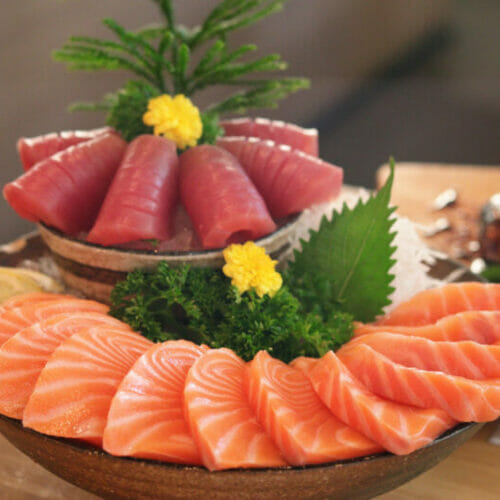
Sashimi
Sashimi is a traditional Japanese dish. Sashimi is very easy to make at home. Using a slicer, mandolin, or julienne, you can make sashimi in minutes. A fish is best sliced thinly if it is soaked in a saltwater solution for at least 15 minutes. The fish should be chilled when preparing sashimi so that it doesn't spoil.
Print
Pin Recipe
Servings: 4 servings
Calories: 130kcal
Add to Collection
Ingredients
- 1 pound fish salmon, tuna, snapper, yellowtail, etc., must be fresh, Sashimi- grade
- 1 carrot grated, for garnish
- 1 daikon grated, for garnish
- Soy sauce Wasabi
- Sushi ginger gari
Instructions
- Freeze the fish so it is firm enough to cut thinly.
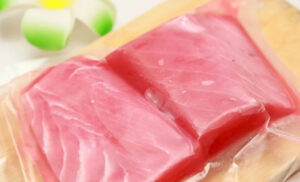
- Use a very sharp, non-serrated knife to remove the skin.
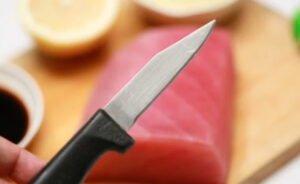
- Cut into M-inch thick pieces, about the size of a domino. Your knife should be sharp enough to prevent using a sawing motion that will destroy the flesh.
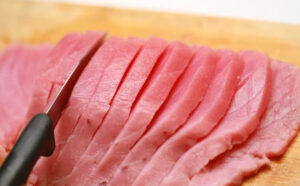
- Arrange on a platter and garnish with grated daikon and carrot.

- Serve with soy sauce, wasabi, and sushi ginger or gari.
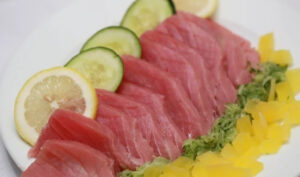
Video
Notes
Sashimi can be prepared with any kind of fish. Generally, fish that is best for sashimi are tuna and salmon. Other types of seafood are used to make sashimi. The most common types of seafood used in sashimi are tuna, salmon, scallops, octopus, and mackerel. While sashimi can be served with rice, it is more often eaten with soy sauce.
Nutrition
Serving: 4servings | Calories: 130kcal | Carbohydrates: 5g | Protein: 23g | Fat: 2g | Saturated Fat: 1g | Polyunsaturated Fat: 1g | Monounsaturated Fat: 1g | Cholesterol: 57mg | Sodium: 87mg | Potassium: 583mg | Fiber: 2g | Sugar: 3g | Vitamin A: 2548IU | Vitamin C: 19mg | Calcium: 39mg | Iron: 1mg
© Food And Meal
This website provides approximate nutrition information for convenience and as a courtesy only. Nutrition data is gathered primarily from the Spoonacular Database, whenever available, or otherwise other online calculators.